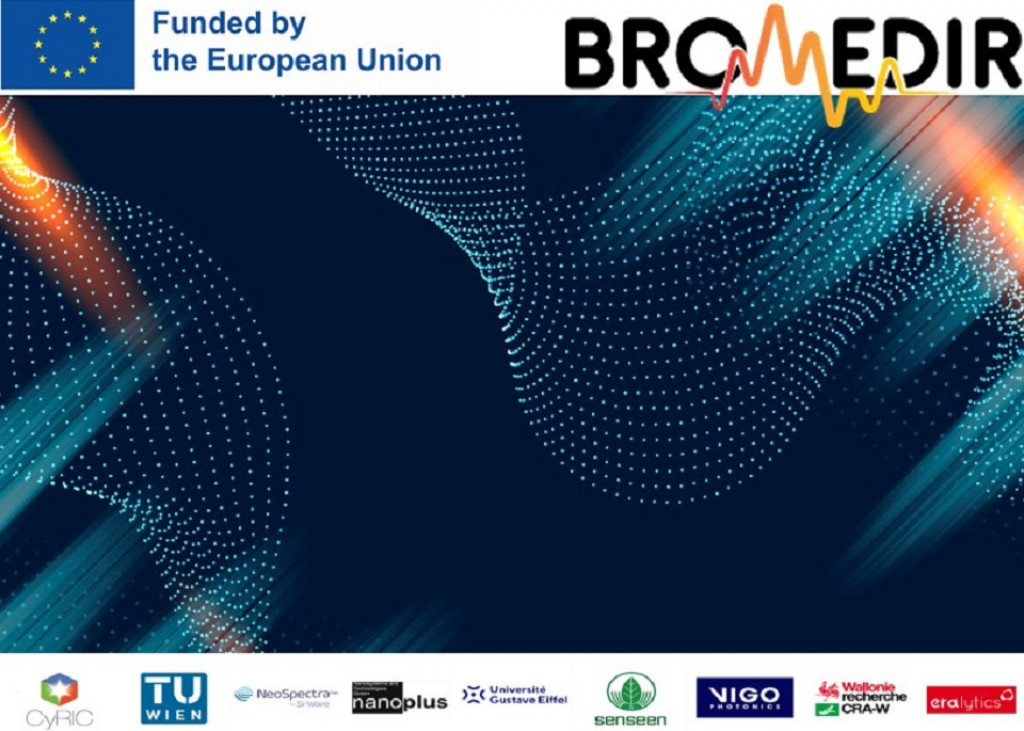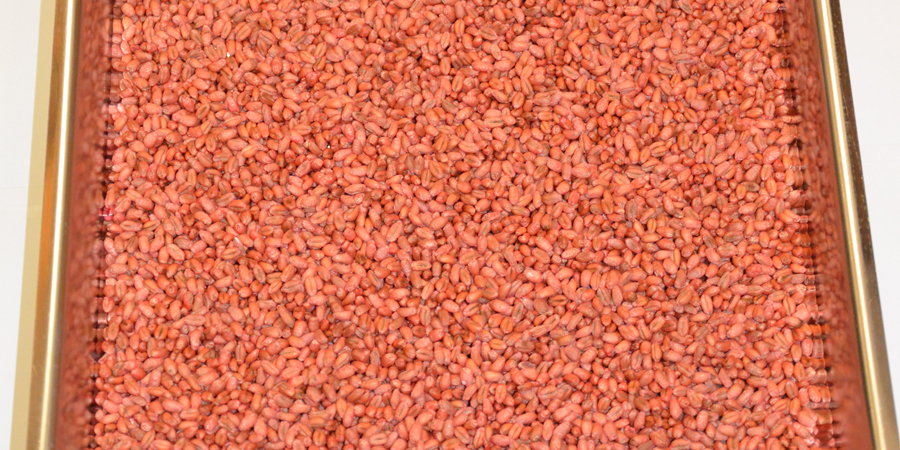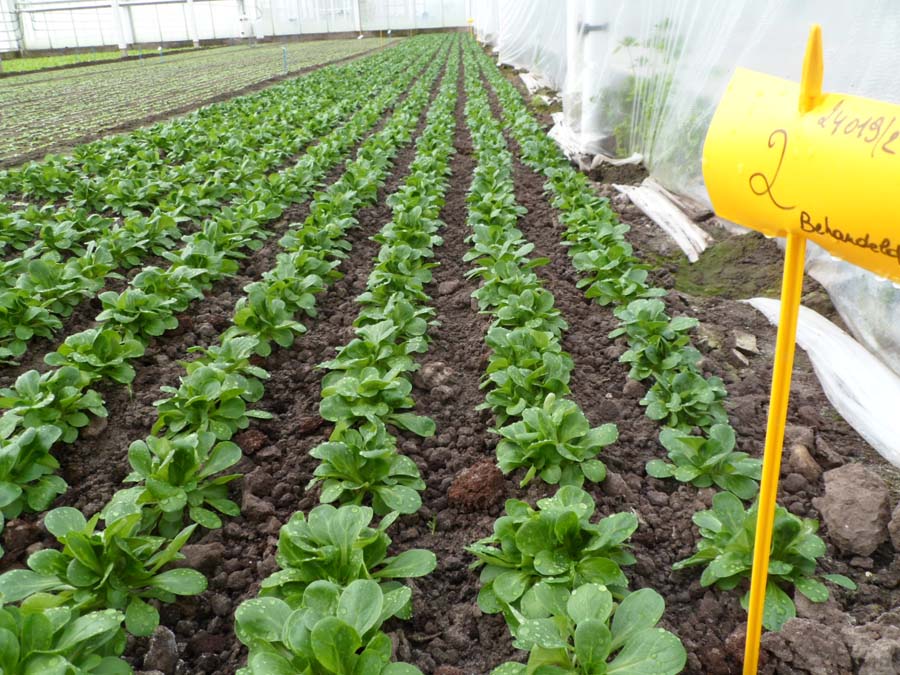CRA-W's expertise in near infrared spectroscopy is also beneficial for the industrial development of chemistry in Wallonia.
Flow chemistry refers to an approach to chemical synthesis in which reagents are introduced, and products are extracted, on a continuous basis within a reactor. When compared to traditional, so-called ‘batch’ chemical synthesis, this approach is safer, makes it possible to produce products closer to the location where they are used, increases productivity and reduces the consumption of raw materials and energy.
Flow chemistry makes it easier to control reactions, but tools are needed to instantly measure the quality of materials entering and leaving the reactor.. This is where near-infrared spectroscopy (NIRS) comes in. By monitoring the concentrations of residual reagents and the desired product in the solvent, NIRS makes it possible to monitor the reaction in real time, to confirm that the product satisfies quality standards and to immediately detect potential risks.
A fruitful collaboration unfolded between Chemium, a company based in Louvain-la-Neuve, and the CRA-W in 2022 and 2023, as part of a Walloon FIRST Entreprise project named NIRFLOW. As part of this project, the CRA-W successfully implemented NIRS monitoring for flow chemistry synthesis of Grignard reagents, unstable chemical compounds that are in great demand in the pharmaceutical, agro-chemical and cosmetic industries. They developed an interactive chemometric tool that can be used to develop optimised spectral calibrations for different reactions, as well as transferring these calibrations from an experimental or pilot reactor to a large-scale production unit. They also had the opportunity to presents their results at the international ICNIRS conference in August 2023.
For Chemium, this project represented an opportunity to develop and promote its technology for synthesising Grignard reagents via flow chemistry, which they market all over the world. The good news is that NIRS is also a technology that only gets better with time. The more new measurements are added to the databases from new experiments, the higher the quality of the predictions, meaning its potential will evolve.
For the CRA-W, this was a new opportunity to compare NIRS, one of its preferred techniques for quality control, with the requirements of a challenging modern industrial process. There is no doubt that the information obtained will also make it possible to offer greater advice and support to companies in the agricultural and agri-food sectors in the future.
Funding: F.I.R.S.T. SUBSIDY – ENTERPRISES, Agreement no. 8601














